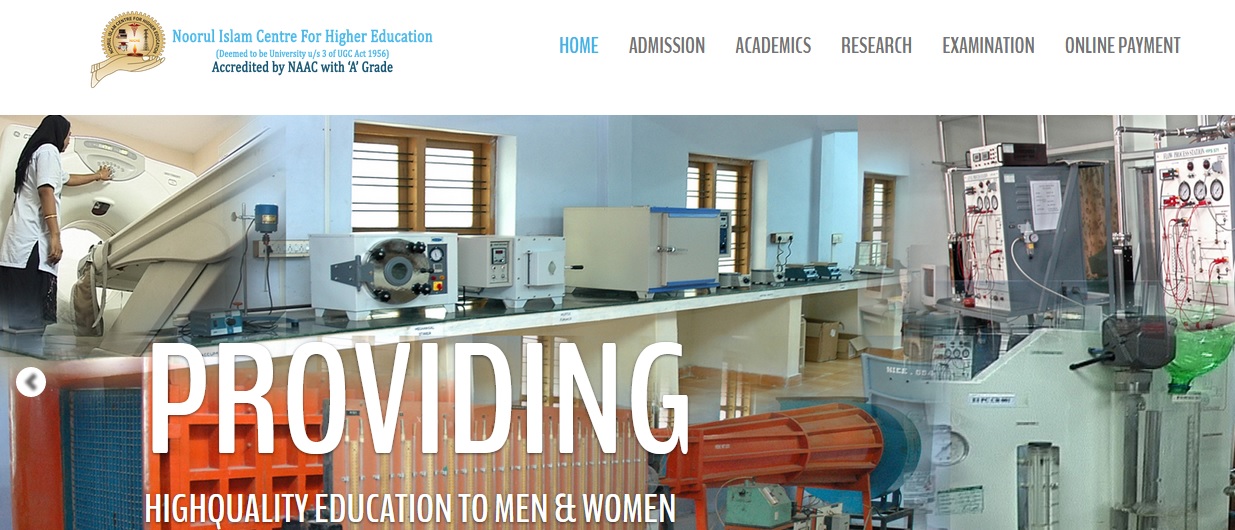MC1626 Advanced Databases MCA Question Bank : niceindia.com
Name of the College : Noorul Islam College of Engineering
University : Anna University
Degree : MCA
Department : Computer Applications
Subject Code/Name : MC 1626 – Advanced Databases
Document Type : Question Bank
Website : niceindia.com
Download Model/Sample Question Paper : https://www.pdfquestion.in/uploads/niceindia.com/3086-MC1626__Advanced_Databases.pdf
NICE Advanced Databases Question Paper
1. Define DBMS :
DBMS is Data Base Management System, which consists of a collection of interrelated data and a set of programs to access those data. The collection of data is database. These are designed to manage large bodies of information.
Related : Noorul Islam College of Engineering MC1630 Data Warehousing & Mining MCA Question Bank : www.pdfquestion.in/3083.html
2. Give the disadvantages of file processing system :
a. Data redundancy and inconsistency
b. Difficult in accessing data
c. Data isolation
d. Integrity problems
e. Concurrent access anomalies
f. Security problems
3. What are the three levels of abstraction? :
a. Physical level
b. Logical level
c. View level

4. What is physical, logical and view level data abstraction :
a. The lowest level of abstraction that describes how the data is stored is physical level data abstraction.
b. The next higher level of abstraction that describes what data are stored in the database and the relationship among those data is logical level data abstraction.
c. The highest level of abstraction describes only part of the entire database is view level.
5. What do you mean by instances and schemas :
The collection of information stored in the database at a particular moment is called instance.
The overall design of the database is called the database schema.
6. What are the two levels of independence? :
a. Physical data independence
b. Logical data independence
7. What is physical and logical data independence? :
Physical data independence is the ability to modify the physical schema without causing application programs to be rewritten. Modification at the physical level occasionally necessary to improve the performance.
Logical data independence is the ability to modify the logical schema without causing application programs to be rewritten.
8. Define data model :
A collection of conceptual tools for describing data, data relationships, data semantics and consistency constraints for underlying the structure of a database is data model.
9. What is DDL? :
Data Definition Language is a special language to define the data base schema. The result of compilation of DDL statements is a set of tables that is stored in a special file called data dictionary or data directory.
10. What are the uses of DML? :
Data Manipulation Language is used to retrieve information stored in the database, insert new record in the database, delete the information from the database and modify the available information in the database.
11. Give the different types of DML :
Procedural DML requires user to specify what data are needed and how to get those data. Non-procedural DML request user to specify what data are needed without specifying how to get the data.
12. Define query :
It is a statement requesting the retrieval of information. The portion of a DML that involves information retrieval is called a query language.
13. What is a transaction? :
A transaction is a collection of operations that performs a single logical function in a database application. Each transaction is a unit of both atomicity and consistency.
14. What are the basic notations available in E-R model? :
a. Entity sets.
b. Relationship sets
c. Attributes.
15. What do you mean by simple and composite attribute :
The attributes that can be divided into further is simple (eg. Customer city). The attributes that have subparts is composite attribute(eg. Customer name with first name, middle name and last name).
16. Write the two categories of the query language :
a. Procedural
b. Non Procedural
17. Define Procedural and non-procedural language :
In a procedural language, the user instructs the system to perform a sequence of operations on a database to complete the desired result.
In a non-procedural language, the user describes the information desired without giving a specific procedure for obtaining that information.
18. List out the six fundamental operators and 4 additional operators in relational algebra :
Six Fundamental operators :
** Selection
** Projection
** Union
** Set Difference
** Cartesian Product
** Rename
Four Additional operators :
** Set Intersection
** Natural Join
** Division
** Assignment
19. Which operators are called as unary operators and explain why they are called so :
Unary operators :
** Selection (s)
** Projection (p)
** Rename (r)
These operators are called as binary operators because they operate on only one relation.
20. Which operators are called as binary operators and explain why they are called so :
Binary operators :
** Union
** Set Difference
** Cartesian Product
These operators are called as binary operators because they operate on pairs of relations.
THANK Y SO MUCH BEST USEFUL CONCEPT